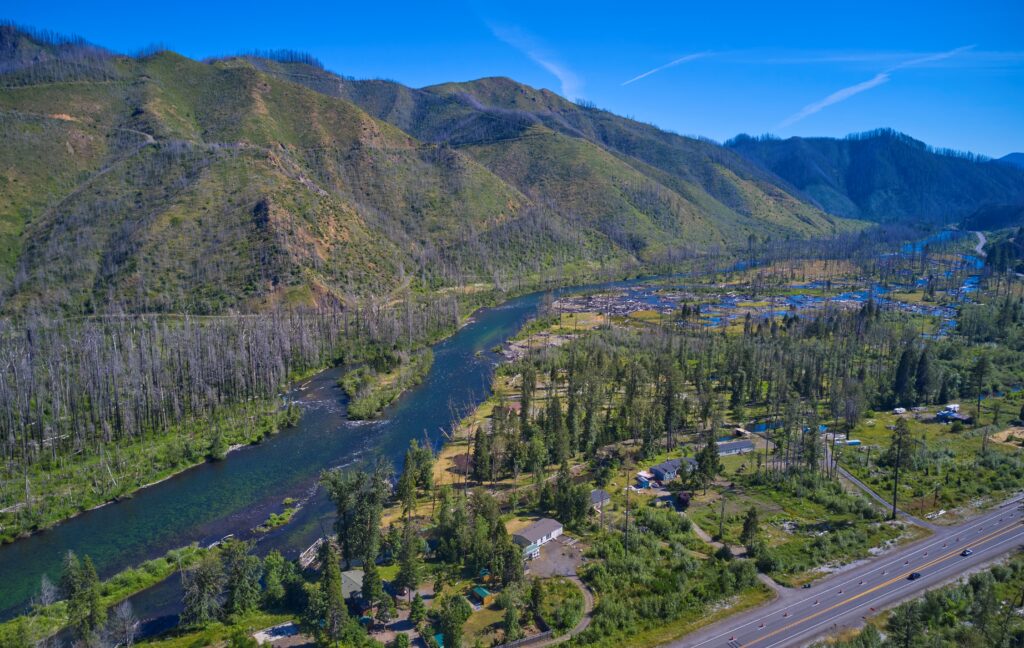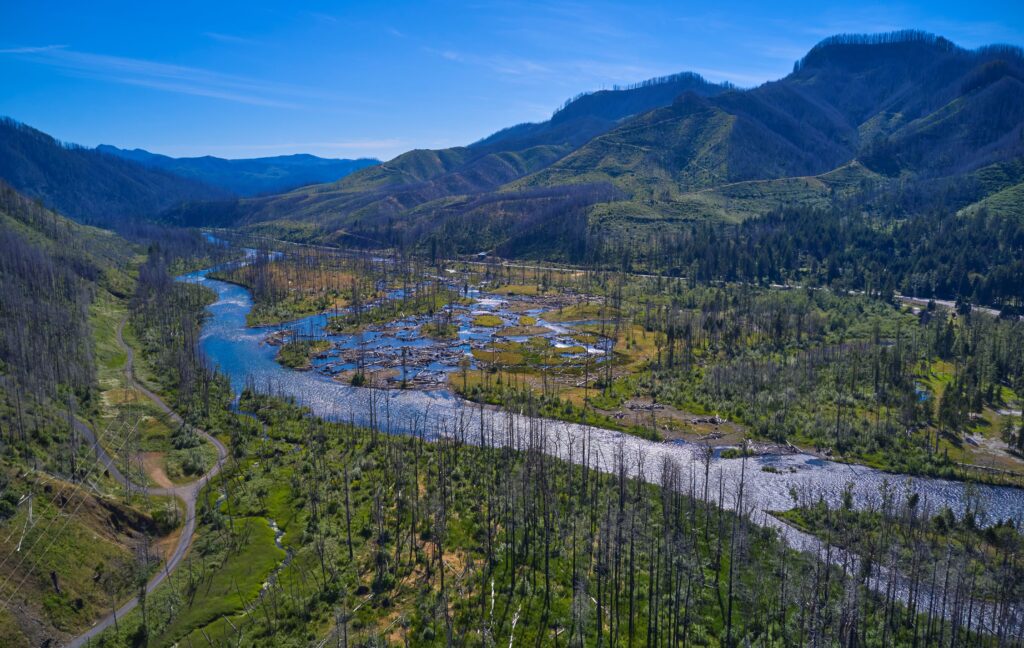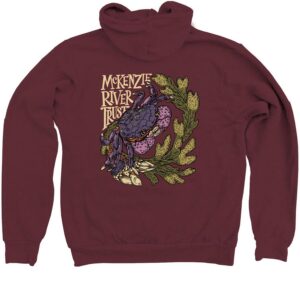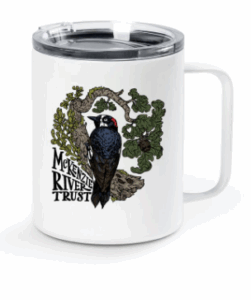On Friday, June 28th, McKenzie River Trust took a major step forward to safeguard our namesake river by purchasing 636 acres of former timberland in Finn Rock, OR. This latest protection project, which begins near the town of Blue River and ends near Nimrod, returned three parcels to a growing mosaic of conservation lands in the middle McKenzie River Valley.
Executive Director Joe Moll shared that “Since acquiring the original 278-acre footprint of Finn Rock Reach from Rosboro Company in the winter of 2015-16, we have been in quiet conversation with their successors about the potential to extend protection on lands upstream and downstream. Our rivers emerge from a patchwork of land ownership and stewardship. As our communities adapt to shifts in climate, the coordinated stewardship of those headwaters is truly in the public interest. We are thankful for the committed persistence and flexibility of our partners at Franklin Clarkson and Campbell Global in completing this deal for the good of the river.”

With these acres, the McKenzie River’s south side is now buffered by federal and McKenzie River Trust lands between the mouth of the South Fork McKenzie River and Eagle Rock. The area, which burned during the 2020 Holiday Farm Fire, was salvage-logged and replanted with Douglas fir by the previous owners. Much of the new conservation land is in the McKenzie River’s floodplain, but it also includes nearly 450 acres of upland forest.
Eli Tome, Director of Conservation for the Trust, shared that “The continuous protection from the valley floor to upland slopes provides us an opportunity to restore both floodplain and forest communities. Over the years ahead, our team will work to increase tree and plant diversity in the uplands to shift the area from timber production toward a more naturally functioning landscape.”
The transaction also includes the confluence of Quartz Creek and the McKenzie River. In 2021 and 2023, McKenzie River Trust partnered with the US Forest Service (USFS), McKenzie Watershed Council (MWC), and Eugene Water and Electric Board (EWEB) to restore 150 acres of floodplain on the original property footprint near the town of Blue River. Now, those partners are preparing to extend restoration efforts to Quartz Creek, a regular source of large sediment loads to the river during heavy rain events. Quartz Creek has long been a target for conservation and restoration efforts by area partners. In the coming year, those partners will begin work to restore nearly two miles of Quartz Creek using a similar approach as was taken in upstream efforts.

EWEB contributed $650,000 towards the purchase of the property as a part of their growing investments in natural infrastructure. Susan Fricke, Water Resources Supervisor at EWEB, notes that “EWEB is proud to partner with organizations like McKenzie River Trust to proactively address threats to water quality and native salmon. Floodplain restoration projects help protect the quality of McKenzie River drinking water while also benefiting threatened Spring Chinook salmon who rely on the off-channel environments created through these projects.” Fricke adds that investments in the health of our rivers benefit everyone downstream and that the project will be made possible through the temporary McKenzie Watershed Recovery Fee instated in 2021. “I hope customers see themselves as a part of this important and hopeful work happening for our rivers.”

The transaction was supported by a mix of funding, with more than $2 million coming from the Willamette Wildlife Mitigation Program (WWMP), a partnership project funded by the Bonneville Power Administration (BPA) and administered by the Oregon Department of Fish and Wildlife (ODFW). Since 2010, the program has provided over $87 million to permanently protect more than 15,600 acres of important fish and wildlife habitat in the Willamette basin. Initially poised to sunset in 2025, the program has been extended for another year. Kelly Reis, ODFW’s Willamette Wildlife Mitigation Program Manager, credits partners, including McKenzie River Trust and other local organizations, agencies, and Tribes, with successfully leveraging enough savings over the life of the program to make an additional year of WWMP-funded acquisitions possible. Reis shared that “Projects like this are great examples of how funding partnerships can achieve more than any single funder can achieve independently. As pressures from climate change and other factors increase, these protected habitats will become increasingly important for native species. Kudos to McKenzie River Trust for bringing this complex project together!”










